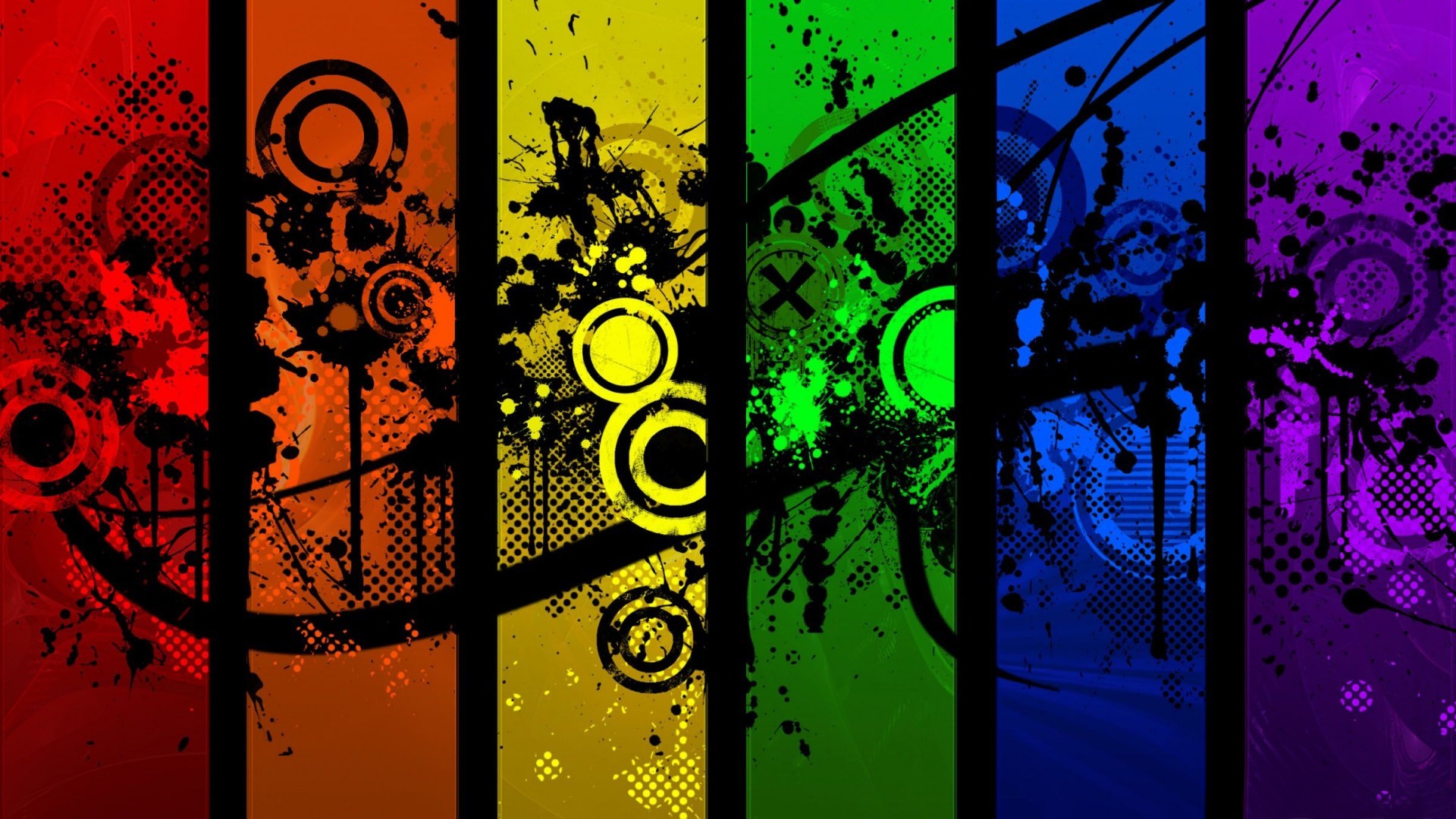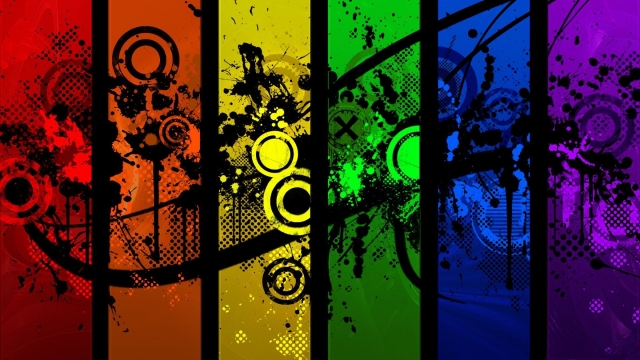Graphic design and software development may seem like two distinct disciplines, but in today’s digital landscape, they are increasingly merging together. The seamless integration of design and code has become the key to creating exceptional user experiences and innovative solutions. Whether you are a graphic designer venturing into the world of coding or a software developer looking to enhance your design skills, understanding the intersection of these two fields is crucial.
At its core, graphic design is about visually communicating ideas and messages. Through various elements like color, typography, and layouts, designers strive to create visually appealing and engaging designs that capture the attention of their audience. On the other hand, software development involves the process of transforming those designs into functional and interactive digital experiences. It is the foundation behind the websites, applications, and software that we use every day.
When graphic designers and software developers collaborate effectively, it results in a harmonious fusion that brings out the best of both disciplines. Designers can leverage their creativity and understanding of user-centric design principles to create visually stunning interfaces that are intuitive and user-friendly. Developers, with their technical expertise, can translate these designs into clean and efficient code, ensuring that the final product functions seamlessly across different devices and platforms.
However, bridging the gap between graphic design and software development requires more than just technical know-how. It demands effective communication, collaboration, and a deep understanding of each other’s disciplines. Designers need to grasp the fundamental principles of coding, while developers must appreciate the importance of aesthetics and user experience. By cultivating a shared language and approach, these professionals can work together to overcome obstacles and create remarkable digital experiences.
In this article, we will delve into the world of design to code, exploring the best practices, tools, and resources that can help designers and developers navigate this exciting intersection. From understanding the basics of graphic design to mastering coding principles, we will provide a comprehensive guide for those looking to create the perfect fusion of design and code. So, whether you are a designer hoping to enhance your technical skills or a developer wishing to elevate your design sensibilities, this article will equip you with the knowledge and insights needed to thrive in the dynamic realm of design to code.
The Importance of Collaboration
In today’s fast-paced digital landscape, the fusion of graphic design and software development has become increasingly crucial. Both disciplines bring unique perspectives and skill sets to the table, creating a symbiotic relationship that produces remarkable results. However, the true potential of this collaboration can only be unlocked through effective teamwork and collaboration.
First and foremost, collaboration between graphic designers and software developers ensures that the end product is visually appealing and user-friendly. Graphic designers possess the creative vision and expertise needed to create stunning visuals, while software developers have the technical knowledge to bring these designs to life. By working together, they can bridge the gap between aesthetics and functionality, resulting in a seamless user experience.
Furthermore, collaboration fosters innovation and pushes boundaries. When graphic designers and software developers come together, they bring their respective strengths and perspectives to the table. This exchange of ideas and expertise leads to the creation of innovative solutions and designs that might not have been possible otherwise. By challenging and inspiring each other, these professionals can push the boundaries of what is considered possible in the realm of design and technology.
Lastly, collaboration is vital for efficient project management. Graphic design and software development projects are complex endeavors that require careful planning, coordination, and communication. When designers and developers collaborate closely, they can ensure that everyone is on the same page, reducing misunderstandings, and avoiding unnecessary rework. It also allows for better problem-solving since multiple perspectives can be considered, leading to more effective and efficient solutions.
In conclusion, the collaboration between graphic designers and software developers is paramount to achieving the perfect fusion of design and functionality. By working together, they can create visually stunning, user-friendly, and innovative solutions that push the boundaries of what is possible. This collaboration not only enhances the end product but also improves project management and problem-solving.
Creating a Seamless Design-to-Code Workflow
In today’s digital landscape, the collaboration between graphic designers and software developers has become increasingly crucial. For a truly successful project, it is essential to establish a seamless workflow that allows both disciplines to work harmoniously towards a common goal. In this section, we will explore some key strategies to achieve this perfect fusion of graphic design and software development.
First and foremost, effective communication is the cornerstone of a smooth design-to-code workflow. Designers and developers need to be in constant dialogue, sharing their insights and understanding each other’s perspectives. Regular meetings and discussions help in aligning expectations, resolving conflicts, and ensuring that the final product meets both the design vision and technical requirements.
Secondly, leveraging design tools that facilitate collaboration is integral to streamlining the process. By utilizing cloud-based platforms or version control systems, designers and developers can work together seamlessly. These tools enable real-time updates, allowing team members to see each other’s progress, leave comments, and suggest revisions. This collaborative environment fosters productive interactions and minimizes the chances of miscommunication or duplication of efforts.
Lastly, establishing a shared understanding of design principles and software development processes is crucial. It is important for designers to acquire a basic understanding of coding concepts, while developers should familiarize themselves with graphic design principles. Learning from each other’s expertise not only enhances collaboration but also aids in producing designs that are not only visually appealing but also technically feasible and optimized for implementation.
By following these strategies, graphic designers and software developers can create a seamless design-to-code workflow, resulting in remarkable products that effortlessly marry aesthetics and functionality. The key lies in effective communication, leveraging collaborative tools, and developing a shared understanding of each other’s disciplines. Working together in harmony, designers and developers can unlock boundless possibilities and bring their creative visions to life.
Best Practices for Graphic Designers and Software Developers
In order to achieve a seamless fusion between graphic design and software development, it is important for both designers and developers to follow best practices. By working together and understanding each other’s roles and processes, they can create impactful and functional digital products. Here are some key guidelines for both graphic designers and software developers:
Collaboration is Key:
Graphic designers and software developers should collaborate closely from the early stages of a project. By involving developers in the design process and designers in the development process, it is possible to create designs that are not only visually appealing but also easily implementable. Regular communication and sharing of ideas between both parties will ensure a smooth workflow and efficient project delivery.Follow Design and Coding Standards:
Houston Website Design
Designers and developers should adhere to established design and coding standards. Designers should create designs that are user-centered, visually consistent, and responsive across different devices. Developers, on the other hand, should follow coding best practices such as using clean and well-structured code, employing a modular approach, and ensuring compatibility with different browsers and platforms. By maintaining consistency, the design can be accurately translated into code, resulting in a polished end product.Continuous Testing and Feedback:
Regular testing and feedback sessions are crucial to the success of design-to-code projects. Designers should test their designs on various devices and platforms to ensure that they are visually impactful and user-friendly. Developers, on the other hand, should test the code to identify and resolve any functional or performance issues. User feedback should be actively sought throughout the process to make iterative improvements and enhance the overall user experience.

By following these best practices, graphic designers and software developers can effectively collaborate and merge their respective skills to create visually stunning and technically sound digital products. The fusion of design and code brings together creativity and functionality, resulting in products that truly stand out in today’s digital landscape.




